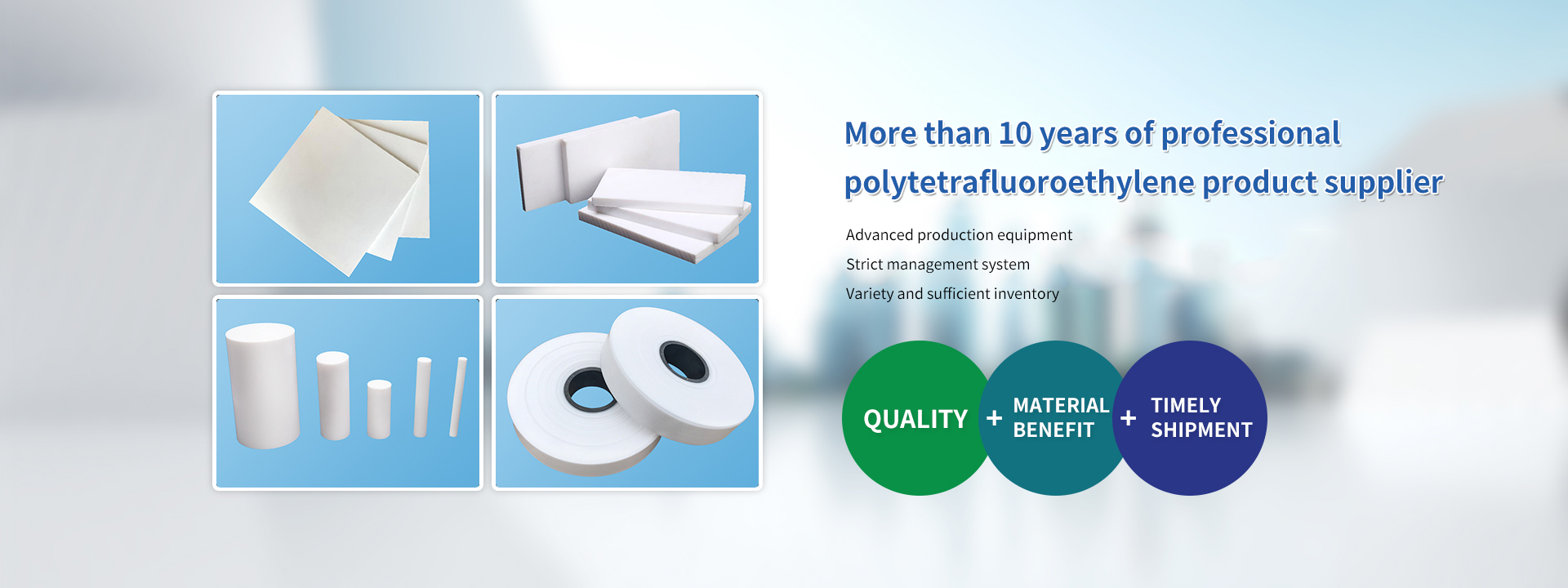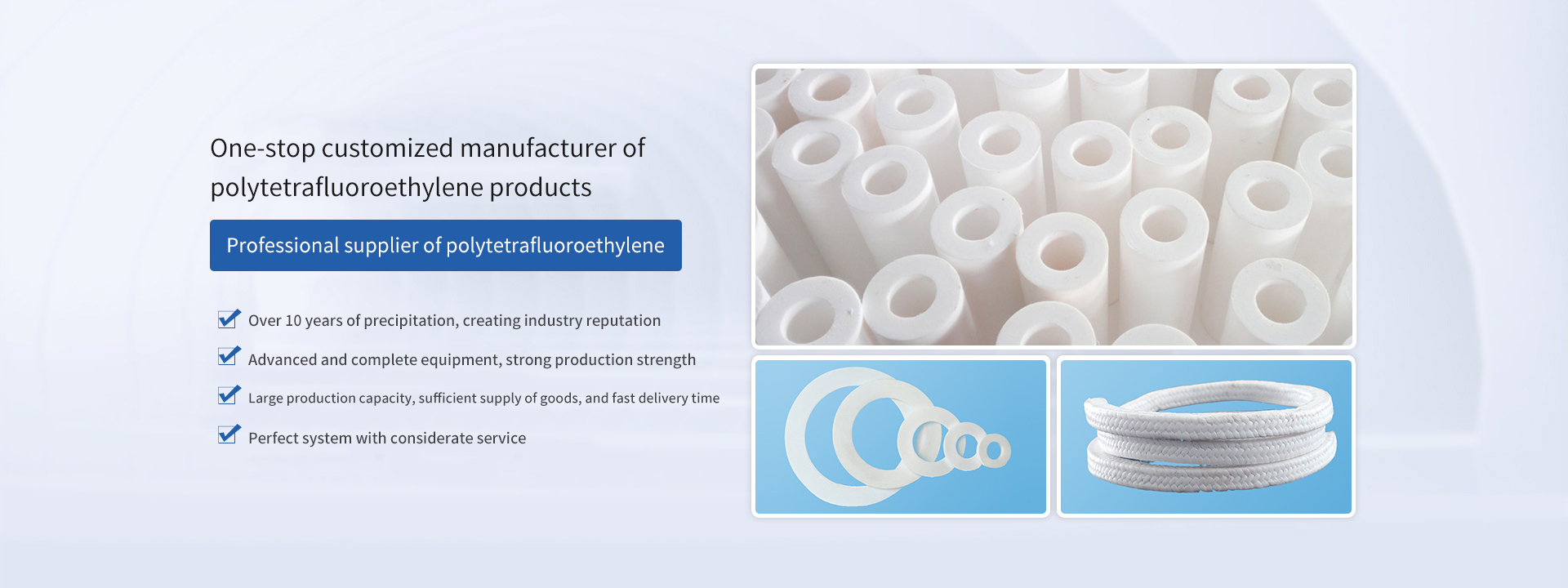Dispersants can be used as insulation impregnation solutions for various materials, as well as anti-corrosion coatings on metal, glass, and ceramic surfaces. Various PTFE rings, PTFE gaskets, PTFE fillers, etc. are widely used for sealing various anti-corrosion pipe flanges. In addition, it can also be used for spinning, PTFE fiber fluorine fiber (trade name Teflon).
The production conditions of polytetrafluoroethylene sheets, the production of high-purity products (such as ion membrane electrolysis), the transportation and treatment of adhesive materials, and the food and beverage processing and production departments are all strictly hygienic.
1. The inner surface of the insulation layer is not "sintered". The phenomenon of the outer surface of the insulation layer being burned while the inner surface is not fully sintered, resulting in longitudinal cracking of the insulation layer.
Therefore, for thick wall insulation layer products, it is generally advisable to use lower temperatures and speeds during sintering, as the insulation layer quality is good.
In order to terminate and form sintered PTFE crystals, it is necessary to cool them. The cooling rate directly affects the crystallization and shrinkage of the insulation layer, as well as the stress in the insulation layer.
Generally speaking, fast cooling speed results in low insulation crystallization rate and low shrinkage rate, which is beneficial for wire and cable products.
However, excessive cooling is not appropriate as the large temperature difference between the inside and outside of the insulation can increase stress, which may lead to stress cracking in severe cases.
6. PTFE crystallization stops at 260 ° C. Therefore, the cooling temperature is generally set at room temperature below 260 ℃.

 中文(简体)
中文(简体) 


 SCAN
SCAN